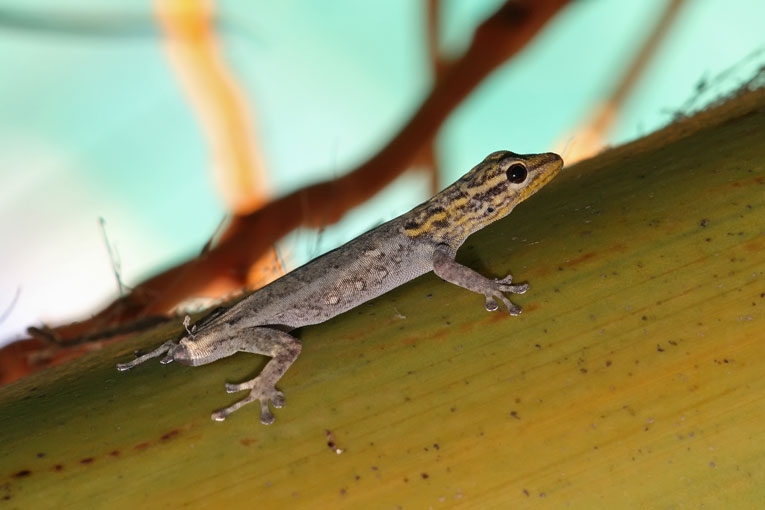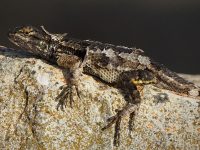
Question sent by VÍCTOR SOLVES (València). ENRIQUE FONT answers:
Caudal autotomy is a defence mechanism against predators, and it is widespread among lizards and some snakes. Tail dropping is an effective anti-predatory mechanism that increases survival rates in the lizard’s encounters with all kinds of predators. Some studies proved there was a connection between caudal autotomy ability of a species and the predatory pressure suffered by its population. Some lizards move their tails in the presence of predators or have flashy coloured tails to attract their attention. Tail movement and appealing colouring are interpreted as an adaptation to decrease the probability that attacks from the predator focus on the head and trunk of the animal, diverting them to less vulnerable areas of the lizard, such as the tail.
Moreover, in many species with the ability to drop the tail, it keeps moving for a while after becoming detached (up to half an hour in some species), contributing to distract the predator and facilitating the lizard’s escape. The tail has fracture planes and sphincter muscles that allow for minimal blood and muscle mass loss after the autotomy. Once autotomized, the tail keeps moving thanks to a complex neuromuscular control system. The energy for the movement of the tail comes from the conversion of glycogen, which is stored in lactate in the tail. Although it is clearly adaptative, tail dropping has negative consequences for the lizard, too. Apart from the energy cost of the regeneration of the tail (in those species with the ability to regenerate them), its loss affects the locomotive ability of the lizard, makes it more susceptible to predation and has an impact also on its social behaviour.
Enrique Font. Institut Cavanilles of Biodiversity and Biology Evolutive. Universitat de València.

